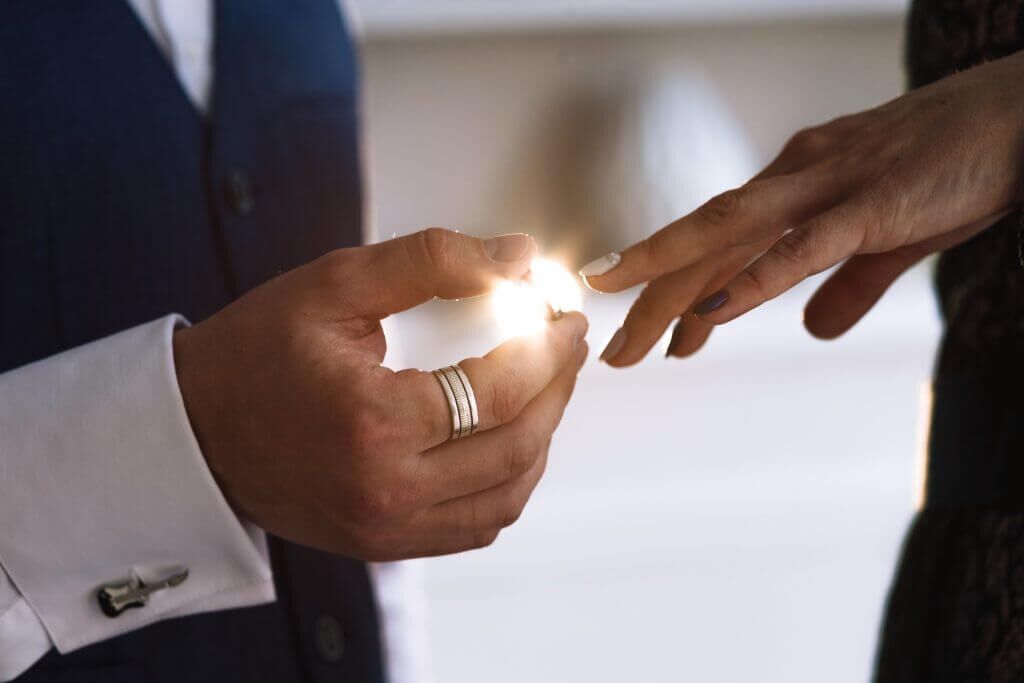When it comes to choosing the perfect gemstone—whether for an engagement ring, earrings, or another piece of fine jewelry—the comparison between moissanite vs diamond often arises. Both gems are brilliant, durable, and beautiful in their own right, but they differ significantly in origin, cost, sparkle, and overall value. If you’re on the fence about which one is right for you, this comprehensive guide breaks down everything you need to know.
What is Moissanite?
Moissanite is a gemstone that was first discovered by French chemist Henri Moissan in 1893 inside a meteor crater. While natural moissanite is extremely rare, the stones used in jewelry today are lab-created. Moissanite is made of silicon carbide and is celebrated for its exceptional brilliance and fire (the rainbow-like flashes of light it emits).
What is a Diamond?
Diamonds are composed of carbon and are formed naturally under extreme pressure and heat deep within the Earth’s mantle over billions of years. Today, diamonds are also created in laboratories using High Pressure High Temperature (HPHT) or Chemical Vapor Deposition (CVD) methods, but natural diamonds still dominate the market in terms of status and tradition.
Moissanite vs Diamond: Key Differences
| Feature | Moissanite | Diamond |
|---|---|---|
| Composition | Silicon carbide | Carbon |
| Origin | Lab-created (rarely found naturally) | Natural or lab-created |
| Hardness (Mohs) | 9.25 | 10 |
| Brilliance | More fire, rainbow sparkle | More white brilliance |
| Color | Near-colorless to slightly yellowish | Colorless to fancy colors available |
| Cost | Much more affordable | Higher cost, especially for natural |
| Ethical Sourcing | Always conflict-free | May require ethical sourcing verification |
| Resale Value | Limited | Higher, especially for natural diamonds |
Appearance and Sparkle
Diamonds offer a classic white sparkle and are often favored for their subtle elegance. They refract light in a more understated way.
Moissanite, on the other hand, exhibits a more intense sparkle, often described as a “disco-ball” effect because of its higher dispersion (0.104 vs. diamond’s 0.044). Some people love this fiery brilliance, while others find it too flashy.
Durability and Daily Wear
Diamonds are the hardest known material with a perfect 10 on the Mohs scale, making them exceptionally resistant to scratching.
Moissanite scores a 9.25 on the Mohs scale, which is still very durable and suitable for everyday wear. It’s second only to diamonds in terms of hardness among popular gemstones.
Color and Clarity
Moissanites typically range from colorless to near-colorless but can sometimes have a faint yellow or gray hue depending on the lighting and cut.
Diamonds come in a wide range of colors and are graded from D (colorless) to Z (light yellow or brown). High-quality diamonds are usually selected for their clarity and minimal inclusions.
Price Comparison
One of the most compelling arguments for choosing moissanite is the price. On average, moissanite costs 90% less than a diamond of similar size and appearance.
For example:
-
A 1-carat moissanite might cost around $500.
-
A 1-carat natural diamond of good quality could range from $4,000 to $6,000 or more.
Lab-grown diamonds fall in between, often costing 30–50% less than their mined counterparts.
Ethical and Environmental Impact
Moissanite is lab-created, making it conflict-free and environmentally sustainable by default. There are no concerns about unethical mining practices or labor issues.
Diamonds, particularly natural ones, man made diamonds, have a complicated history linked to environmental degradation and conflict regions. However, many jewelers now offer ethically sourced diamonds with certifications like the Kimberley Process to ensure they are conflict-free.
Which One Should You Choose?
Your choice between moissanite and diamond depends on your personal preferences, budget, and values.
Choose a Diamond if:
-
You value tradition and prestige.
-
You want a higher resale value.
-
You prefer a subtler, classic sparkle.
-
You’re comfortable with the higher price tag.
Choose Moissanite if:
-
You want maximum sparkle on a budget.
-
You prioritize ethical and sustainable sourcing.
-
You’re open to a more modern, alternative gemstone.
-
You want a large stone without the hefty cost.
Conclusion
When deciding between moissanite vs diamond, there’s no wrong choice—only what’s right for you. Moissanite offers an affordable, ethical, and sparkling alternative that’s gaining popularity, while diamonds remain the timeless choice for those who value tradition and prestige. Whichever you choose, both stones can beautifully symbolize love, commitment, and personal style.



